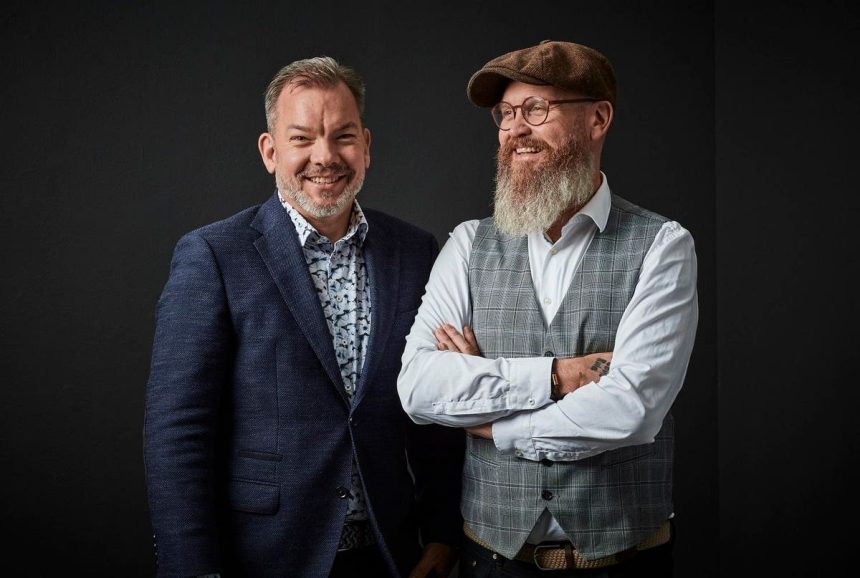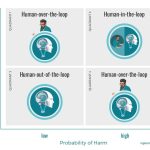In principle, everyone – or almost everyone – wants a cleaner, greener world and no one at all wants killer heatwaves, droughts and deadly flooding. Good news for Greentech entrepreneurs you might think. In practice, however, businesses and consumers are in favor of solutions that will clean up the air and global warming as long as they don’t have to pay more or change their way of life. Potentially, that’s not such great news for founders of environment or climate-focused startups?
So what’s the secret of marketing Greentech products? Is it enough for founders to say to their prospective customers “this is a planet-saving solution and you really ought to buy into it.” Or are green solutions sold like any other product that is sold by demonstrating to customers how it will save them money or add value to their lives?
A Marketing Journey
Jesper Wiren is co-founder and CEO of Enjay, a Swedish cleantech company focused on energy efficiency. To be more precise, the company sells heat exchanger units that allow businesses to recycle warm air. The units are designed to be operated in environments – such as restaurants and factories – where there are a lot of pollutants in the air that would clog up similar systems. By deploying the Enjay product, customers use less energy and emit less CO2.
But reducing the amount of greenhouse gas going into the atmosphere is not the main selling point. As Wiren explains, the company has been something of a marketing journey.
“In the early days we were naive,” says Wiren. “We talked about climate and money saving, but we emphasized climate. We learned that companies had no incentive to do something about climate.”
But they did have an incentive to cut their heating bills. So today Enjay focuses its marketing on the ROI, couched in terms of the number of kilowatt hours that customers can save or, more simply, the potential to slash heating bills by up to 90 percent.
Wiren also stresses the importance of talking to the right people within organizations – those who are in overall charge or managing procurement rather than members of the sustainability teams. “You can talk to the CO2 experts but they won’t have a mandate. They can have a hard time internally,” he says.
Consumer Attitudes
That’s the hard-nosed world of business-to-business selling, but what about the consumer market? To what extent are consumers motivated by environmental concerns?
Toddington Harper is CEO and co-founder of Gridserve, a British company that is building a network of net-zero and zero-emission charging points to power electric vehicles. On the Net Zero side, the company is producing solar power which is channeled through the National Grid. In addition, it is building charging forecourts powered by on-site solar generators – an actual zero solution.
Now in terms of the offer to customers, this is a complex market. Many early adopters of electric vehicles are driving their new cars because they want to do something positive for the environment at the earliest opportunity. But this is a sector that is also being driven by regulation. From 2030 – unless something changes – all new cars sold here in Britain will have to be all-electric or hybrid. As such, manufacturers should have an easy sell. Likewise, charge point operators.
But as Harper stresses, businesses working in the cleantech sphere have provided not just a green alternative but a superior offer to consumers. “We have to deliver solutions that are cost-effective and better.”
So what does that mean for companies such as Gridserve? What do consumers need to see before they buy into the electric vehicle revolution? Harper says there is a hierarchy of requirements..
“People want to know they can charge their vehicles in the right location. They also want to know that charging points are reliable,” he says. “People also want to feel they are doing something for the environment.”
There is potentially an added incentive in that charging an electric car tends to be cheaper than filling an equivaleny vehicle with petrol.
So some consumers are simply buying because they want to help the planet. More widely, that may be a major factor in purchasing decisions but it may be the icing on a cake that contains a more traditional value proposition.
James Higgins, is founder of Ethical Bedding. Putting the environment and sustainability the heart of its mission, the company sells a range of products that include pillows, duvets and sheets. From materials sourcing through manufacture to packaging longevity and concern about the carbon footprint, the company aims to ensure that its processes and practices align with its ethical values. It has also made a point of seeking out investors who are aligned with these goals, latterly through crowdfunding. And in terms of the products themselves, Higgnins says his mission is to bring “kindness and joy” to the e-commerce sphere.
A Question Of Balance
So is that what costumes are buying into? Well up to a point. “There’s a percentage of our customer base for whom the ethical aspect is really important – that’s maybe 20-30 percent,” he says. “But most want something that will immediately benefit them. Most customers just love the sleep experience. The sustainability is a nice to have.”
But that doesn’t mean environmental and sustainability issues are unimportant in the marketing mix. As long as the product ticks all the right boxes in terms of quality, value and benefits, the ethical stance of the entrepreneur can undoubtedly influence buying decisions. The mission goes hand in hand with the quality of the product.
Read the full article here









